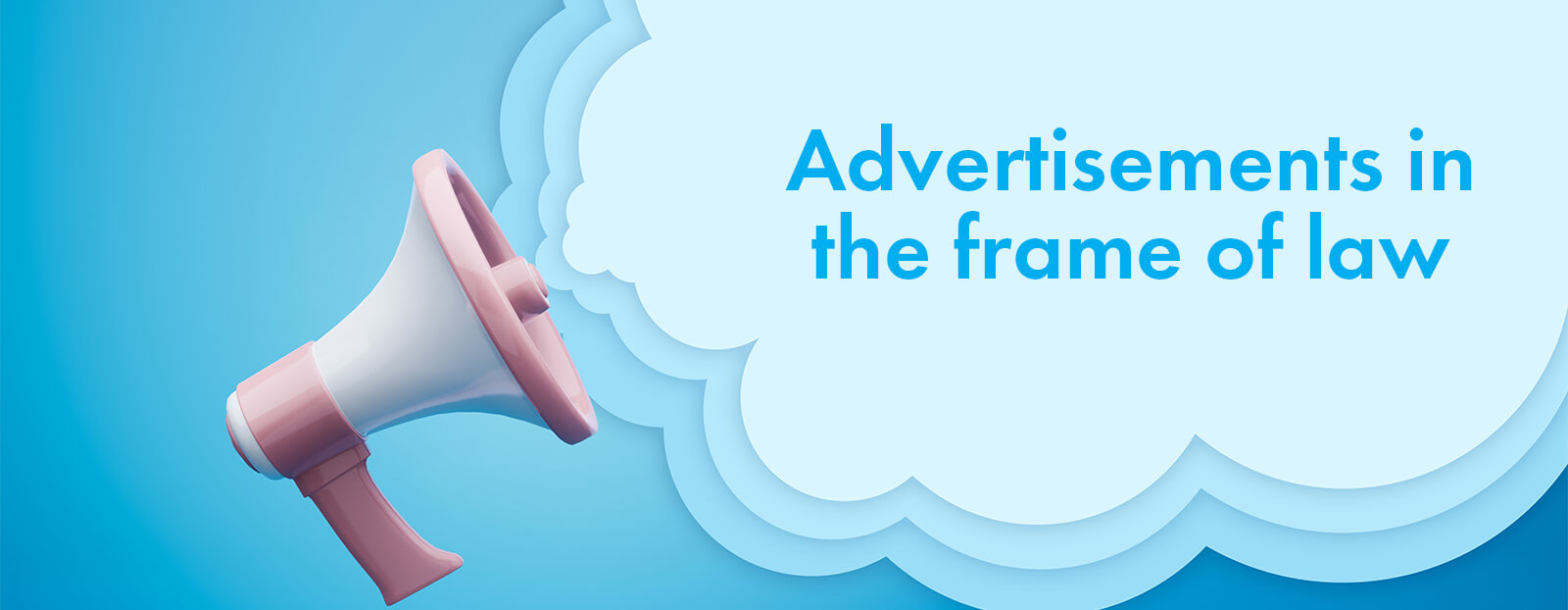
Advertisements in the frame of law
Lead
Advertisement of various products have the same effect as films or television. These advertisements are shown to people numerous times. So, they have more impact on people than cinema. Thus, it is essential to regulate the content of ads for a wider social benefit. The Government has therefore prepared a frame for it. Below is the information of some such laws.